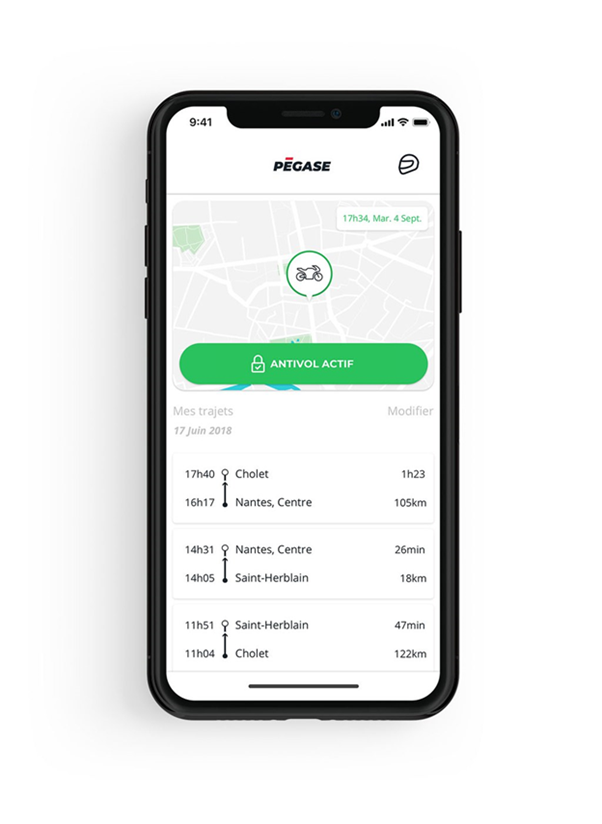Are your usability testing responses actually giving you the actionable information you need?
Not if you haven’t designed the right test!
In order to get the information you’re after, you need to determine:
1. What you want to know
2. What questions to ask to get the right answers
Figure Out the Usability Info You Need
Have you already identified problems with your platform? Are users routinely aborting at a specific point, or do you get a lot of queries about the same functions or processes? Then this first job is easy—you need to figure out what users are finding difficult, and possibly to test different options for making things easier.
If you’re beta testing or still in the early development phase, the information you’re after might be more general—how are various processes perceived, how quickly can users find what they need and accomplish specific tasks, what design elements are enhancing or inhibiting usability?
Get as specific as possible in identifying the information you need from your usability test, and you’ll make designing your test much easier while making the test far more effective, too.
Ask Your Usability Testers the Right Questions
The questions you need to be asking depend entirely on the information you want to receive but there are some general rules you need to follow.
When there are specific problem areas you’ve identified, or new features/design elements you’d like feedback on, be sure to identify those areas and ask your testers what you want to know.
Keep in mind, though, that when you identify a specific element you’re calling attention to it, and this might alter responses—if you want to see whether or not an element is noticeable or problematic on its own, ask questions that might allow users to identify the element on their own, without explicitly mentioning it yourself.
For more general feedback on usability, ask testers open-ended questions that allow them to not only to identify the specific elements or processes that caught their attention, but also the qualities they perceived in those elements.
“Which parts of the platform did you find most appealing?” is open-ended to a degree, but it still asks users to identify positive elements of the platform—a good thing to know, but not complete in and of itself.
“Which features did you find most noticeable?” allows users to give both positive and negative experiences. While this question is probably too nonspecific to be very useful, it can be tailored to your specific device or software platform in a way that yields more useful results.
![]() Give feedback about this article
Give feedback about this article
Were sorry to hear about that, give us a chance to improve.








